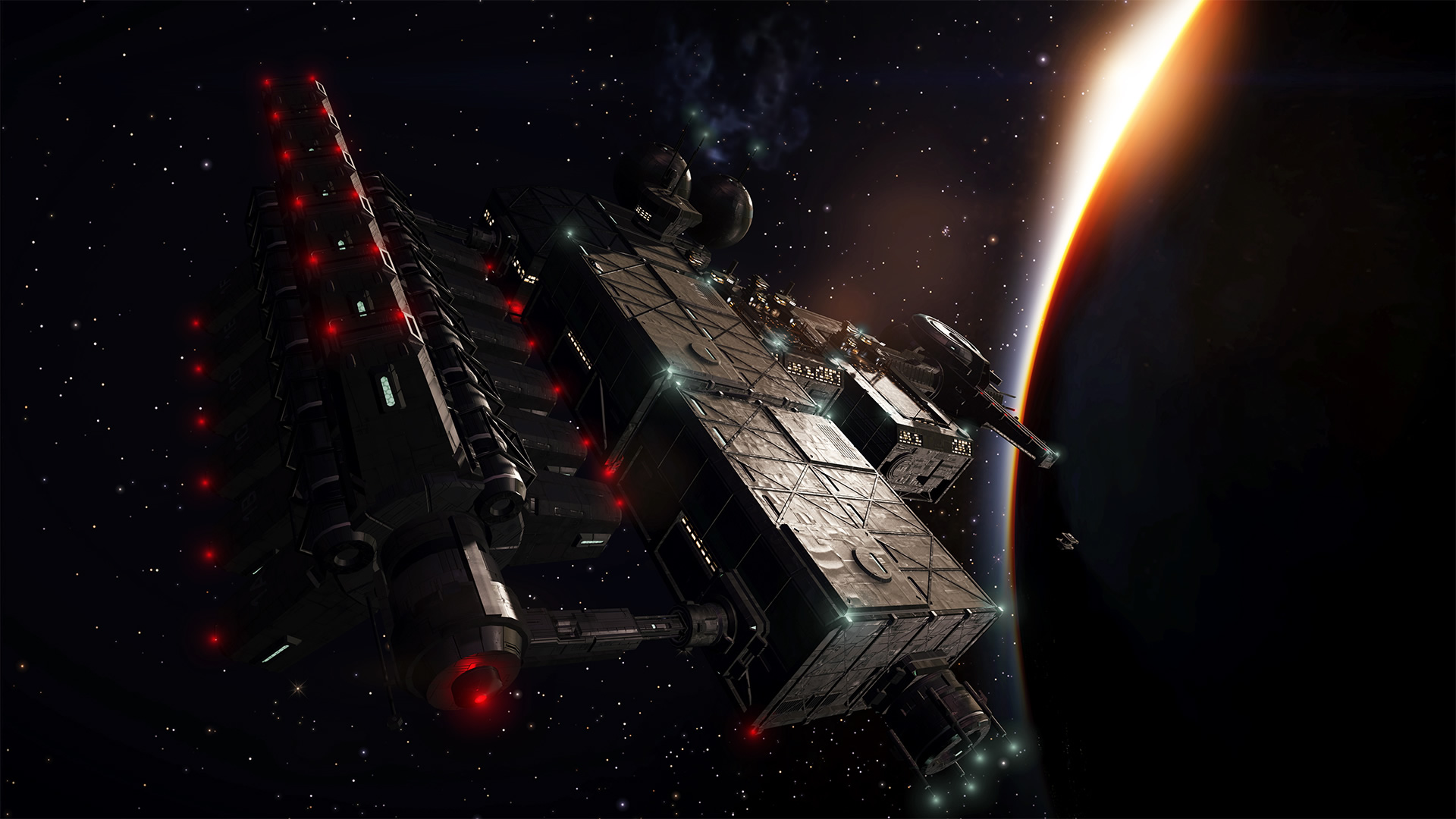I think FDev is on record calling FSD/SC the "Big Lie". With everything else they try for a hard sci-fi approach, that is, actual science wherever it's not a serious problem for gameplay (e.g. we have velocity limits when flying and such). We're barely beginning to understand how gravity functions at a basic level; no indication that you could e.g. generate the gravity of a planet without having the actual mass of a planet.
Shields though are another "lie" afaik, sci-fi ubiquity notwithstanding. There's *nothing* similar IRL that I've heard of, either that can be "emitted" outward (at no point contacting the ship) in the way they are, or that can stop things (projectiles) going one way but not the other, or that would stop lasers (EM), at all. Plasma walls are the closest thing and they don't fit any of the above. They're emitted more like a Star Trek forcefield, from one side of an opening to the other.
Shields though are another "lie" afaik, sci-fi ubiquity notwithstanding. There's *nothing* similar IRL that I've heard of, either that can be "emitted" outward (at no point contacting the ship) in the way they are, or that can stop things (projectiles) going one way but not the other, or that would stop lasers (EM), at all. Plasma walls are the closest thing and they don't fit any of the above. They're emitted more like a Star Trek forcefield, from one side of an opening to the other.
Last edited:




